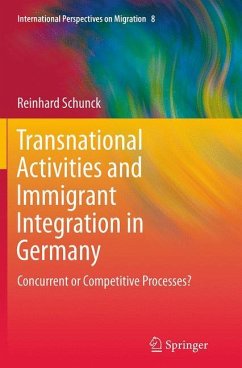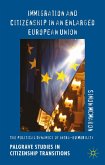This book investigates both the causes and effects of transnational activities among immigrants in relation to their integration into the receiving society. It uses large scale, representative data about first and second generation immigrants in Germany. It develops a formal theoretical model, which explains both transnational involvement and paths of immigrant integration.
Important questions are answered: What consequences does transnational involvement have on integration? Is transnational involvement a distinct form of integration? Is it an alternative to assimilation? Does it hinder or facilitate assimilation?
Longitudinal analyses are presented which show that immigrant integration and transnational involvement do not necessarily oppose each other. The book shows that although low levels of integration may coincide with strong transnational ties, the relationship is not causal.
This book shows how immigrant integration and transnational involvement are related to each other and how a joint examination of both processes may advance our understanding of the general dynamics of migration and integration.
Important questions are answered: What consequences does transnational involvement have on integration? Is transnational involvement a distinct form of integration? Is it an alternative to assimilation? Does it hinder or facilitate assimilation?
Longitudinal analyses are presented which show that immigrant integration and transnational involvement do not necessarily oppose each other. The book shows that although low levels of integration may coincide with strong transnational ties, the relationship is not causal.
This book shows how immigrant integration and transnational involvement are related to each other and how a joint examination of both processes may advance our understanding of the general dynamics of migration and integration.








